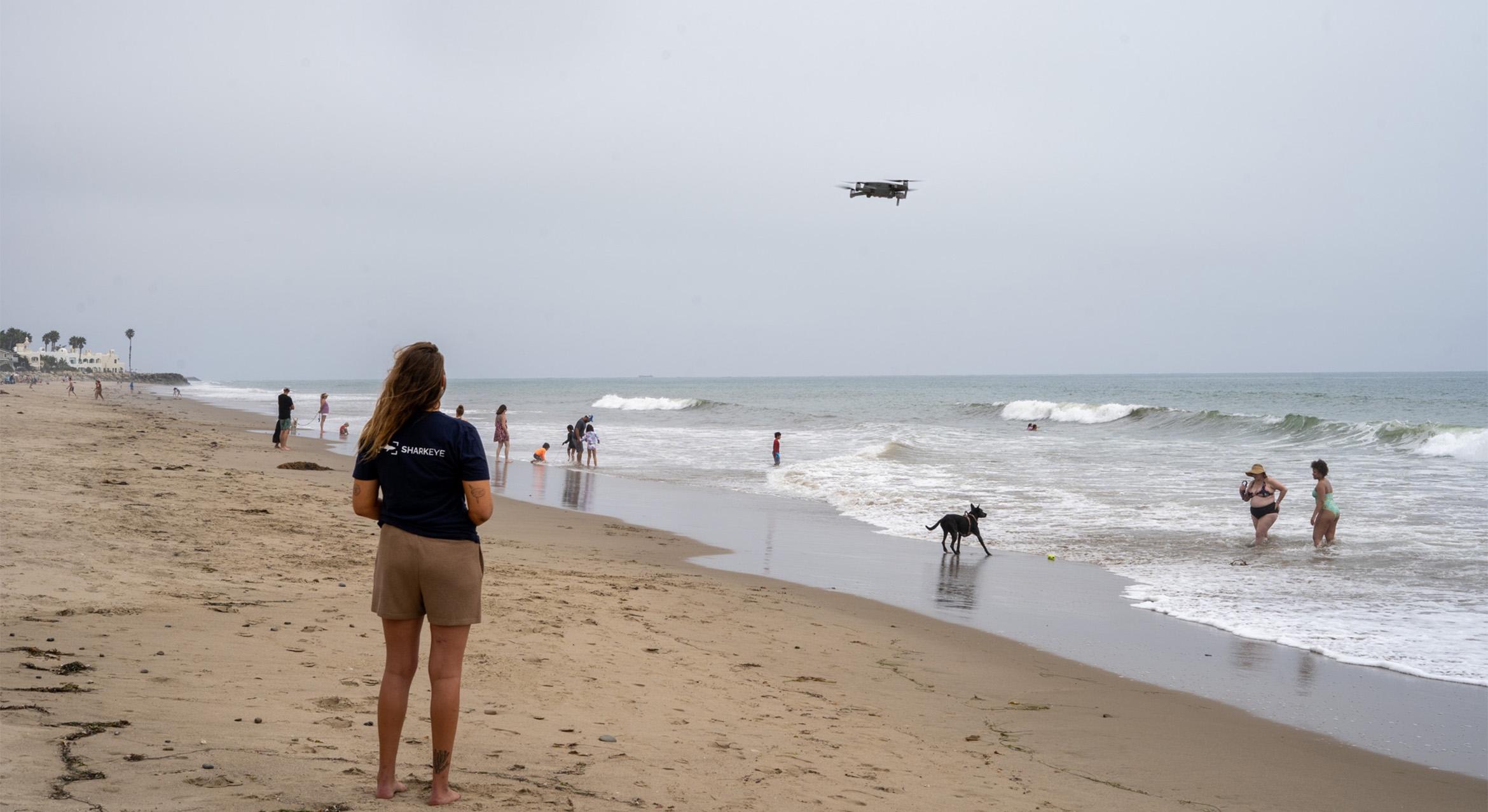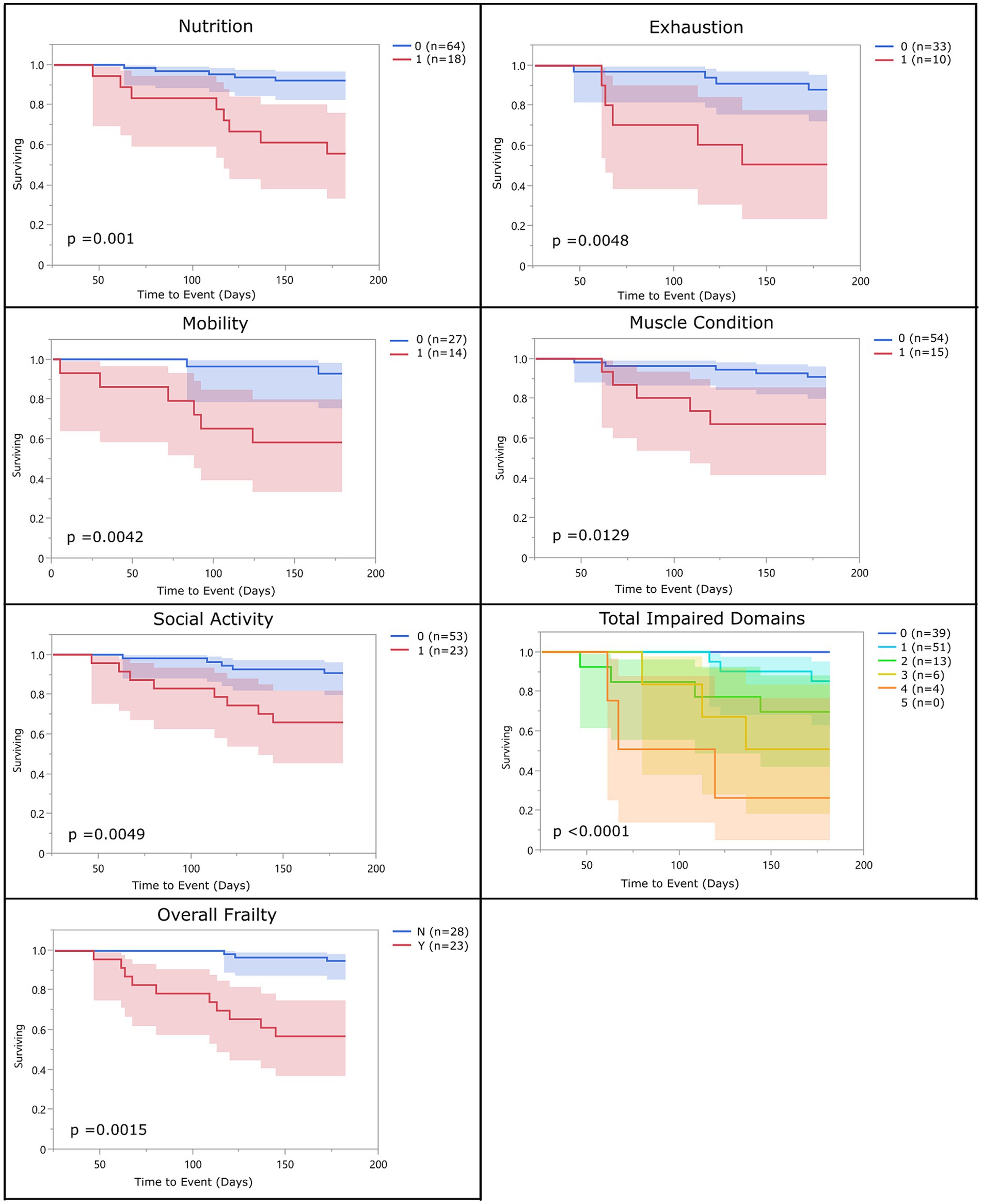2024-09-30 カリフォルニア大学サンタバーバラ校(UCSB)
 Photo Credit:Neil Nathan. With an eye in the sky, researchers can track white sharks off the coast.
Photo Credit:Neil Nathan. With an eye in the sky, researchers can track white sharks off the coast.
<関連情報>
- https://news.ucsb.edu/2024/021615/scientists-use-drones-track-white-sharks-along-california-beaches
- https://www.int-res.com/abstracts/meps/v744/p101-114/
南カリフォルニアの集合場所において、時間的・海洋的要因が2つのサイズクラスのホホジロザメに異なる影響を与えている Temporal and oceanographic factors differentially affect two size classes of white shark at a Southern California aggregation site
Douglas J. McCauley, John K. Parsons, Charles A. Braman, James M. Anderson, Jennifer E. Caselle, Emma J. Critchley, Aidan Glina, Francis H. Joyce, Christopher G. Lowe, Samantha Mladjov, Neil Nathan, Patrick T. Rex, Emily Spurgeon, Brian S. Stirling, Hillary S. Young
Marine Ecology Progress Series Published:September 05, 2024
DOI: https://doi.org/10.3354/meps14680
ABSTRACT
Ontogenetic habitat shifts are a common feature of many marine species, including sharks, which face conservation threats when their distributions overlap with human resource extraction and habitat modification. White sharks Carcharodon carcharias, for example, exhibit a distinctly coastal phase as juveniles, with a limited distribution compared to the basin-scale range of adults. Using an unoccupied aerial vehicle (UAV), we studied a coastal aggregation site within a Southern California Bight nursery area to determine how fine-scale temporal and oceanographic factors affect white sharks at different developmental stages. White shark density, as measured via UAV, was highly variable across time of day and day of year, with modest variation across years. Typically, more sharks were observed in the late afternoon hours. Sharks, especially those <3 m total length, were observed more often during periods of colder seafloor temperatures, potentially reflecting avoidance of these colder, deeper waters by more cold-intolerant smaller white sharks. Alternate models incorporating sea surface temperature showed a very small but significant association between surface temperatures and <3 m total length white sharks for the months we surveyed, but no such association for larger sharks. There were no or only modest effects of visibility, swell height, chl a levels, sea state, and tidal height on UAV-observed shark density. Understanding how temporal patterns and oceanographic predictors of density change over time as well as how shark ontogeny interacts with these factors can help us to better understand how this species uses coastal habitats and predict when they may be more likely to share marine space with humans.


